Since mid-August, I’ve been doing something I swore I’d never do again. I’ve been rehearsing a new adaptation of a novel by Charles Dickens. Sometime in the autumn of 1979, I received a phone call from Trevor Nunn, artistic director of the Royal Shakespeare Company. He explained that the company wanted to do a version of a Dickens novel, and would I be interested in adapting it?
As my brain rushed chaotically through what I remembered of the Dickens canon, he explained that the choice was down to two: the dark and majestic late novel Our Mutual Friend and the earlier picaresque jollity Nicholas Nickleby. Instructing me to think about it, he said he’d ring back in a couple of days.
Immediately I consulted my wife. The extent of my Dickensian scholarship can be judged from the fact that my first question was “Is Nicholas Nickleby the one with Mrs Gamp in it?” (It isn’t). Her advice was to do it if it was Mututal Friend but not if it was Nickleby. But by the time Trevor Nunn called back, the die had been cast. He and fellow director John Caird (the team that was to direct Les Misérables) had decided on the early novel. I decided – sensibly on this occasion – not to follow my wife’s advice, and sat down to read. (David Edgar, pictured below by Manuel Harlan)
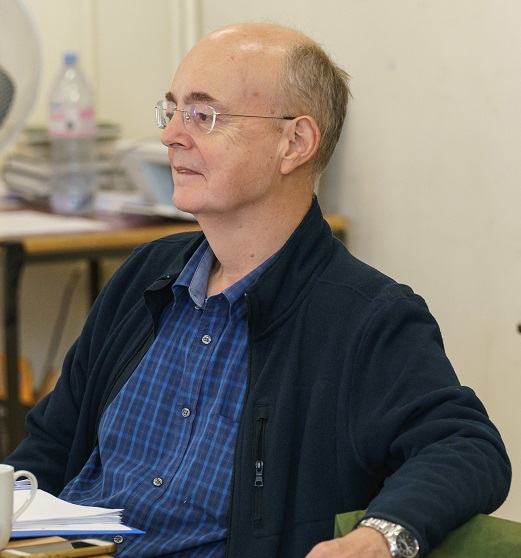 Following Nickleby’s now legendary success on both sides of the Atlantic, I decided to quit while I was winning, and resolved never to adapt another Dickens (although I did do a Jekyll & Hyde for the RSC in the early 1990s, a version which is being revived – with Phil Daniels in the lead – in the new year). Three years ago, the company asked if I might be persuaded to reconsider that decision. To both the RSC’s and my surprise, I found myself saying yes.
Following Nickleby’s now legendary success on both sides of the Atlantic, I decided to quit while I was winning, and resolved never to adapt another Dickens (although I did do a Jekyll & Hyde for the RSC in the early 1990s, a version which is being revived – with Phil Daniels in the lead – in the new year). Three years ago, the company asked if I might be persuaded to reconsider that decision. To both the RSC’s and my surprise, I found myself saying yes.
Why? Although written within five years of Nickleby, A Christmas Carol is different in three crucial respects. Comparatively, it’s very short (around 100 pages, as opposed to 800); it was written in one go (rather than serially) and everyone knows it backwards, from the stage plays, the television and radio versions, and the movies.
The last characteristic provides the main challenge to the adaptor. You want to do something different, to justify revisiting a novel of which there are countless adaptations already. But this is a Christmas show, you might say the Christmas show, and you have to deliver on the expectations roused by the title.
To prepare for this task we held a two-day discussion workshop on the themes of the book and the adaptation (with the RSC's literary manager Pippa Hill, deputy artistic director Erica Whyman, and Professor John Bowen of York University, the leading British expert on early Dickens). In that workshop we charted out Scrooge's development, and how that related to the different lessons which the three ghosts teach him. Later, after Rachel Kavanaugh had agreed to direct the show, she and I met to discuss other aspects of the adaptation (again, before I wrote a word). These included the idea that the ghosts should be women, and that we wanted Scrooge to be more active than he tends do be in traditional adaptations (when he can end up standing on the sidelines watching). We also wanted a novel written in the Hungry 1840s – a period when real wages were falling, the gap between rich and poor widening, and the needy dismissed as idle and feckless – to speak to our own times.
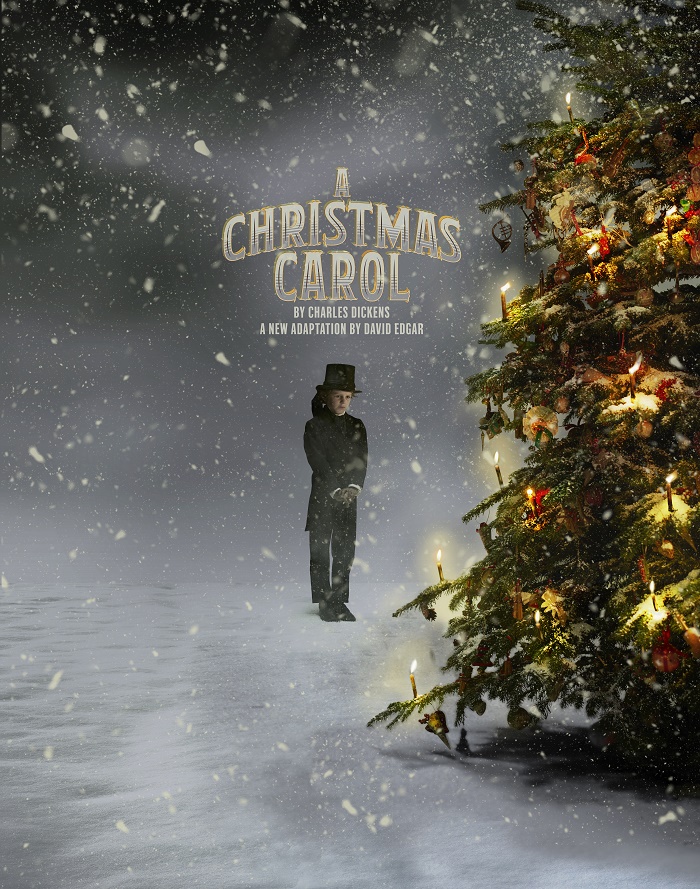 By now, I’d had my principal structural idea. For Nicholas Nickleby, John Caird and Trevor Nunn had decided that the narrator of the play should be the whole company: that they were in collective possession of the story, and the play could be seen as a single speech divided up between them (this concept, inspired by Shared Experience’s Bleak House, was to define theatrical Dickens for years to come). This was a great idea of itself, but it also served to dramatise Dickens’s serial writing process, in which the completion of one episode inspired the next.
By now, I’d had my principal structural idea. For Nicholas Nickleby, John Caird and Trevor Nunn had decided that the narrator of the play should be the whole company: that they were in collective possession of the story, and the play could be seen as a single speech divided up between them (this concept, inspired by Shared Experience’s Bleak House, was to define theatrical Dickens for years to come). This was a great idea of itself, but it also served to dramatise Dickens’s serial writing process, in which the completion of one episode inspired the next.
Carol is different, because the whole story was formed in Dickens’s head before he wrote it. We also know a lot about its inspiration and composition. In early 1843, Dickens had read an excoriating parliamentary report on the condition of child labourers in Britain’s mines and factories. In March, he wrote to one of the report’s authors, announcing that he intended to write a Christmas pamphlet titled An Appeal to the people of England on behalf of the Poor Man’s Child. Four days later, he wrote again, saying that he had changed his mind about the form of his polemic. In October, he shared a platform with Benjamin Disraeli at the opening of the Manchester Athenaeum, speaking of the horrors of poverty and ignorance he has witnessed in London.
That night, he had the idea for A Christmas Carol. “Over which Christmas Carol," he wrote of himself, “Charles Dickens wept, and laughed, and wept again, and excited himself in a most extraordinary manner, in the composition; and thinking whereof, he walked about the black streets of London, fifteen and twenty miles, many a night when all the sober folks had gone to bed”. By mid-November, the novel was completed. It was published on 19 December.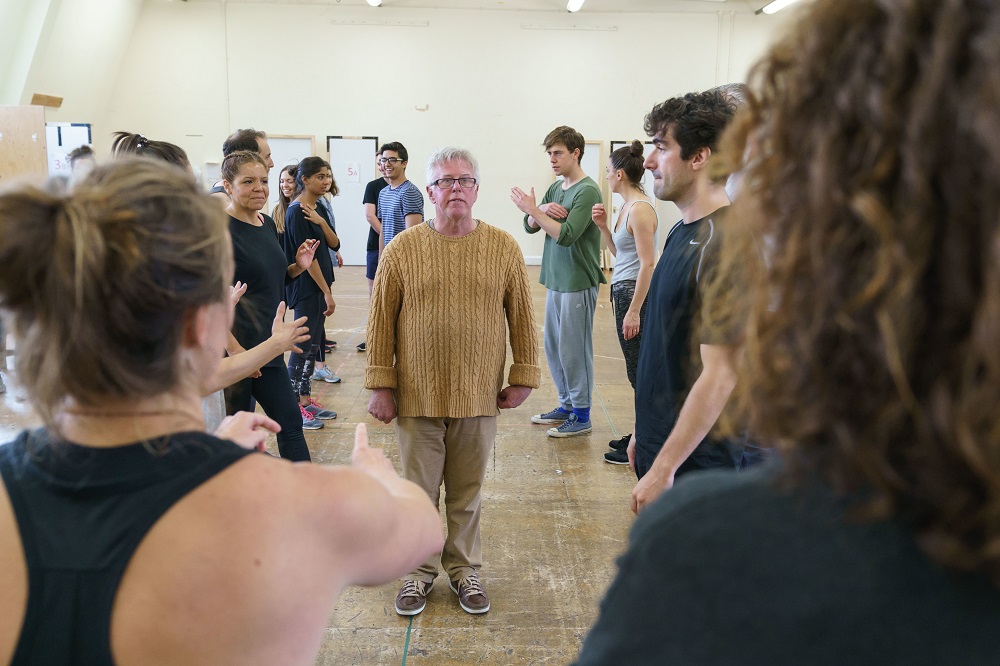 I’m not the first person – God knows – to insert Charles Dickens into a dramatisation of one of his novels (or even this one). But – knowing how he wrote it – I’ve enjoyed working with Rachel Kavanaugh, Nicholas Bishop (playing Dickens) and Beruce Khan (playing his editor and mentor John Forster) to find ways of dramatising not just Dickens’s social ambitions for the novel, but the very process of writing it. Phil Davis, who plays Scrooge (pictured above in rehearsal, photo by Manuel Harlan), jumped at the chance of playing not just a great character, but one being created before our very eyes.
I’m not the first person – God knows – to insert Charles Dickens into a dramatisation of one of his novels (or even this one). But – knowing how he wrote it – I’ve enjoyed working with Rachel Kavanaugh, Nicholas Bishop (playing Dickens) and Beruce Khan (playing his editor and mentor John Forster) to find ways of dramatising not just Dickens’s social ambitions for the novel, but the very process of writing it. Phil Davis, who plays Scrooge (pictured above in rehearsal, photo by Manuel Harlan), jumped at the chance of playing not just a great character, but one being created before our very eyes.
This device foregrounds both Dickens’s political radicalism and a dark secret in his own childhood, which made it personal. It also emphasises those aspects of the novel which make it timely. There’s no doubt that the success of Nicholas Nickleby was partially attributable to its time: a year into Margaret Thatcher’s government, as unemployment rocketed and swathes of industrial Britain collapsed, people wanted to hear that there was more to life than money. Around the time I agreed to adapt A Christmas Carol, two cabinet ministers – Jeremy Hunt and Damian Green – assured the nation that financial independence is the only pathway to dignity and self-respect – and, thus, that acceptance of a helping hand when you need it is a pathway to indignity and shame. Ebenezer Scrooge: alive and well.
- A Christmas Carol by Charles Dickens in a new adaptation by David Edgar is in repertoire at the Royal Shakespeare Theatre from 27 November to 4 February. Book on the RSC website or call 01789 403493
- Read more First Person articles on theartsdesk

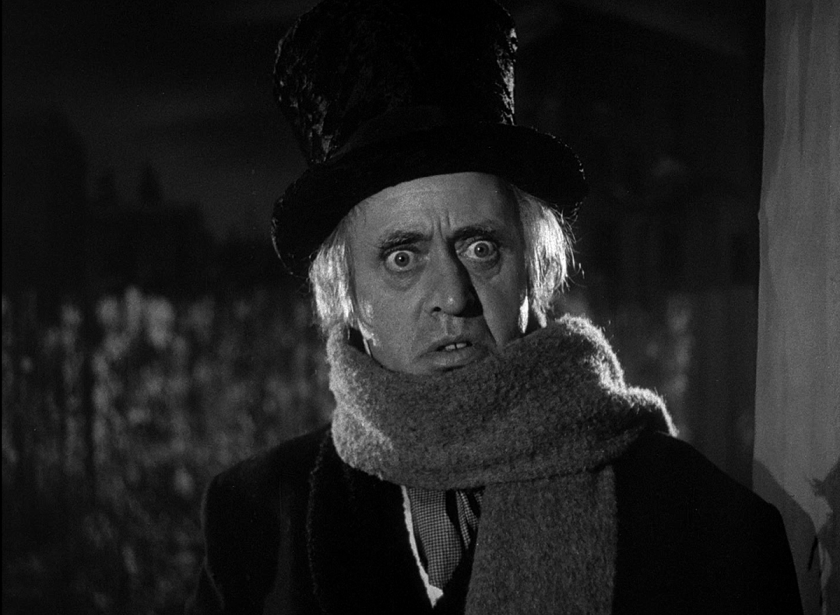







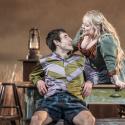


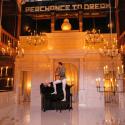
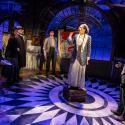
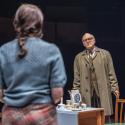
Add comment